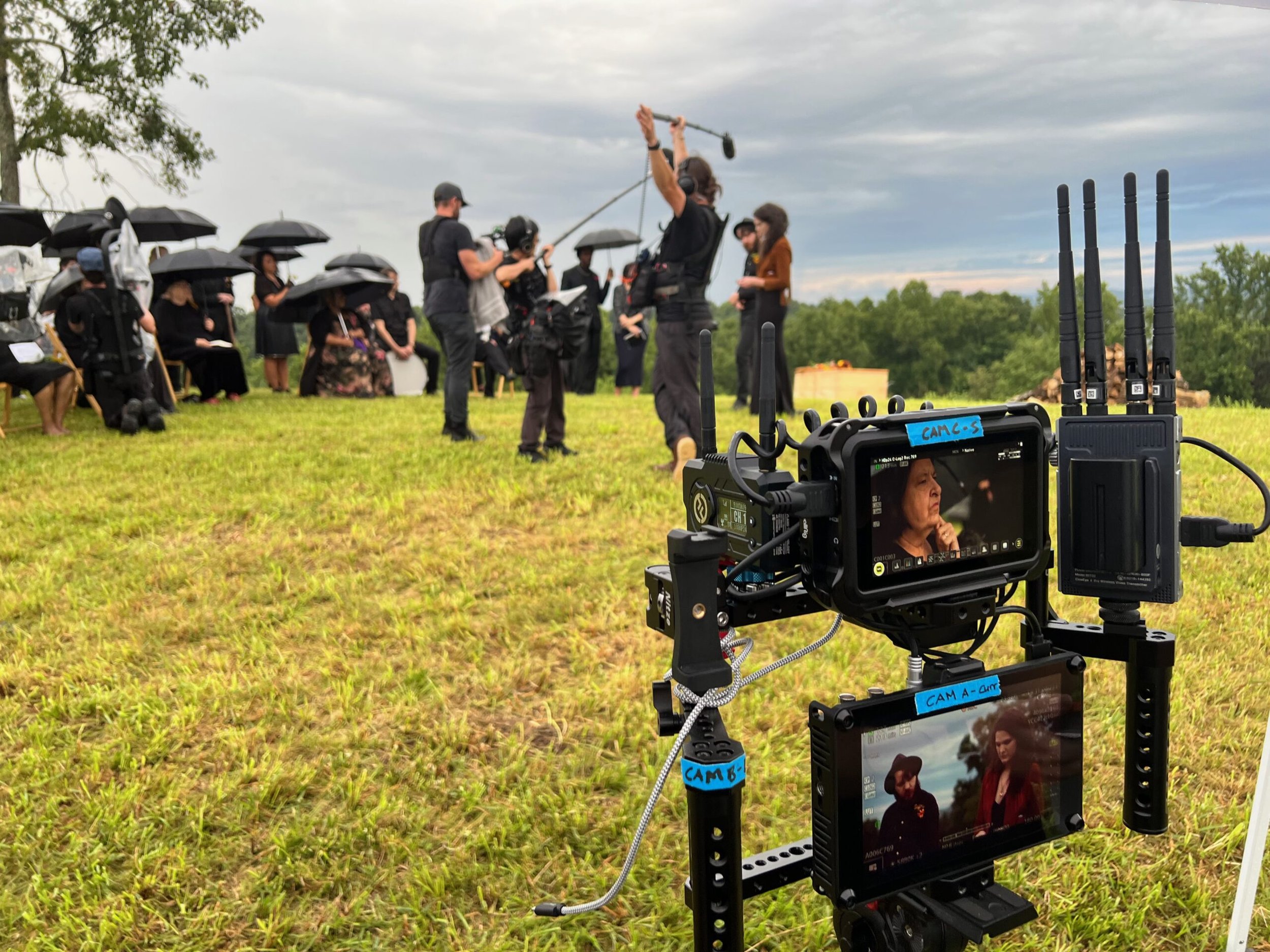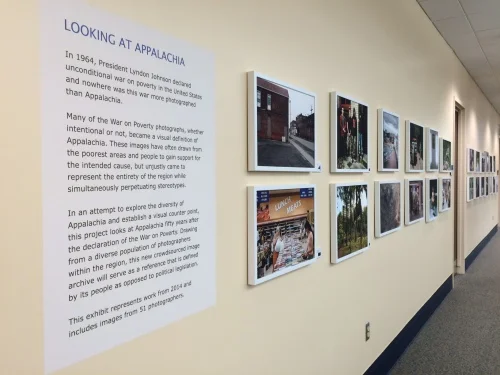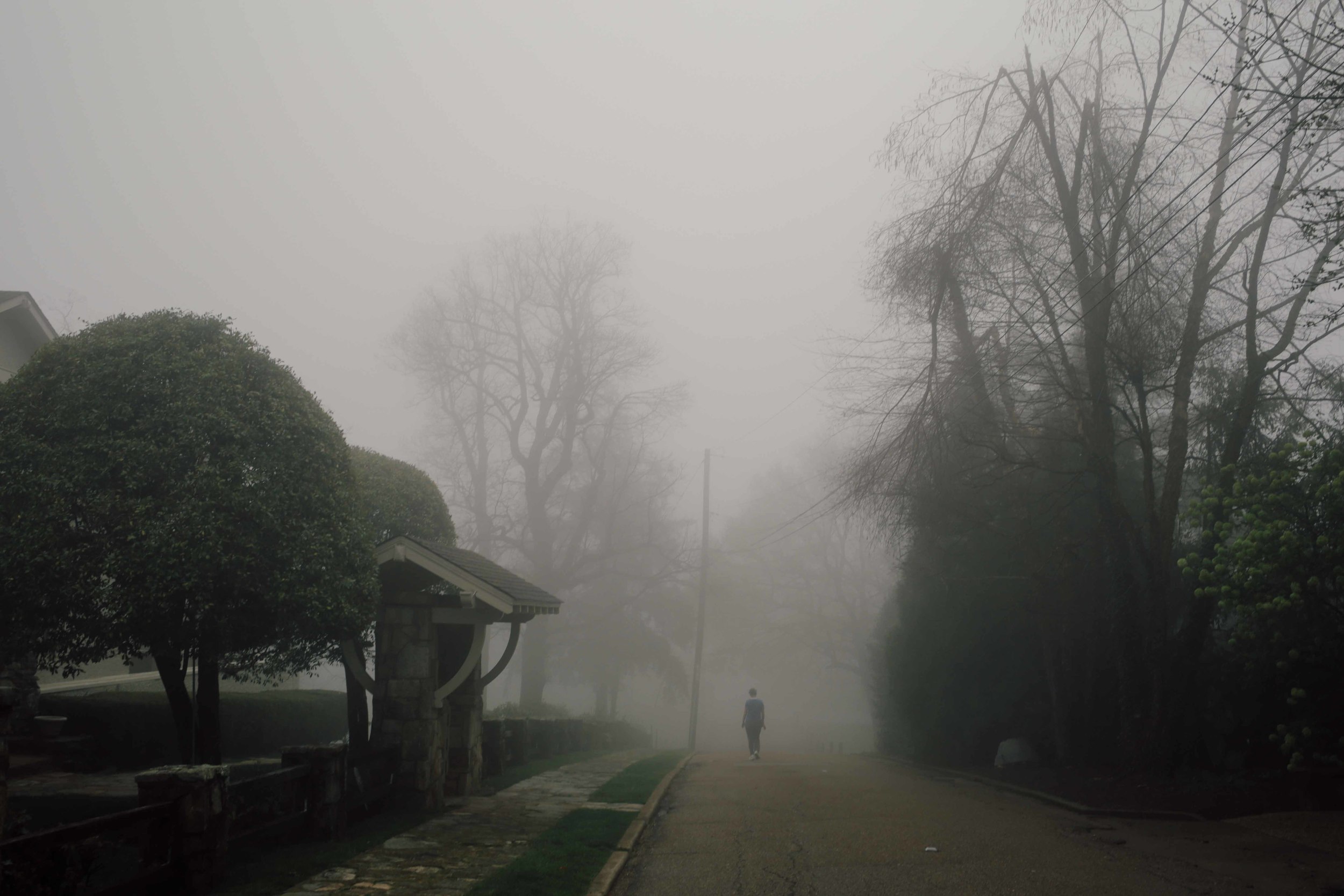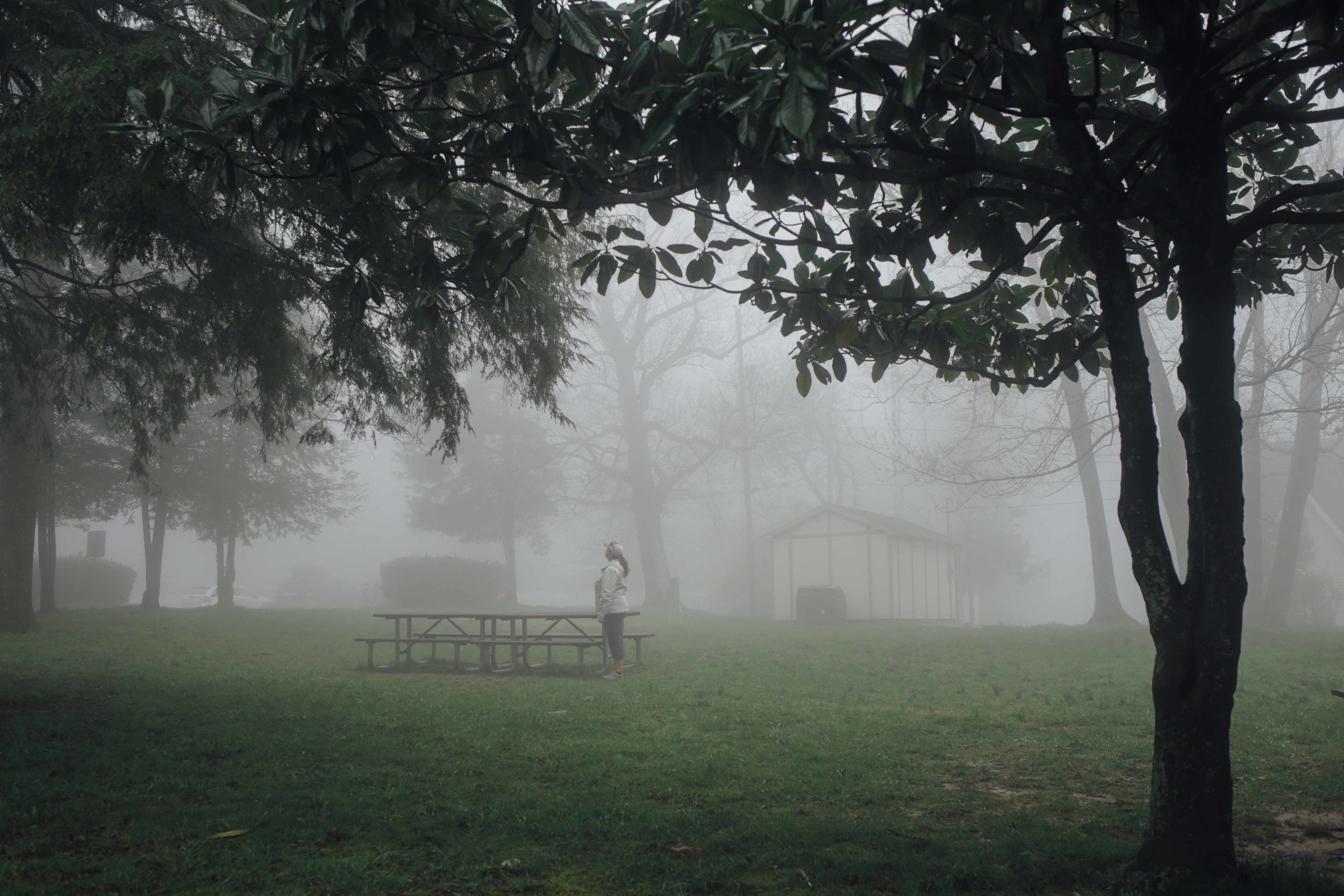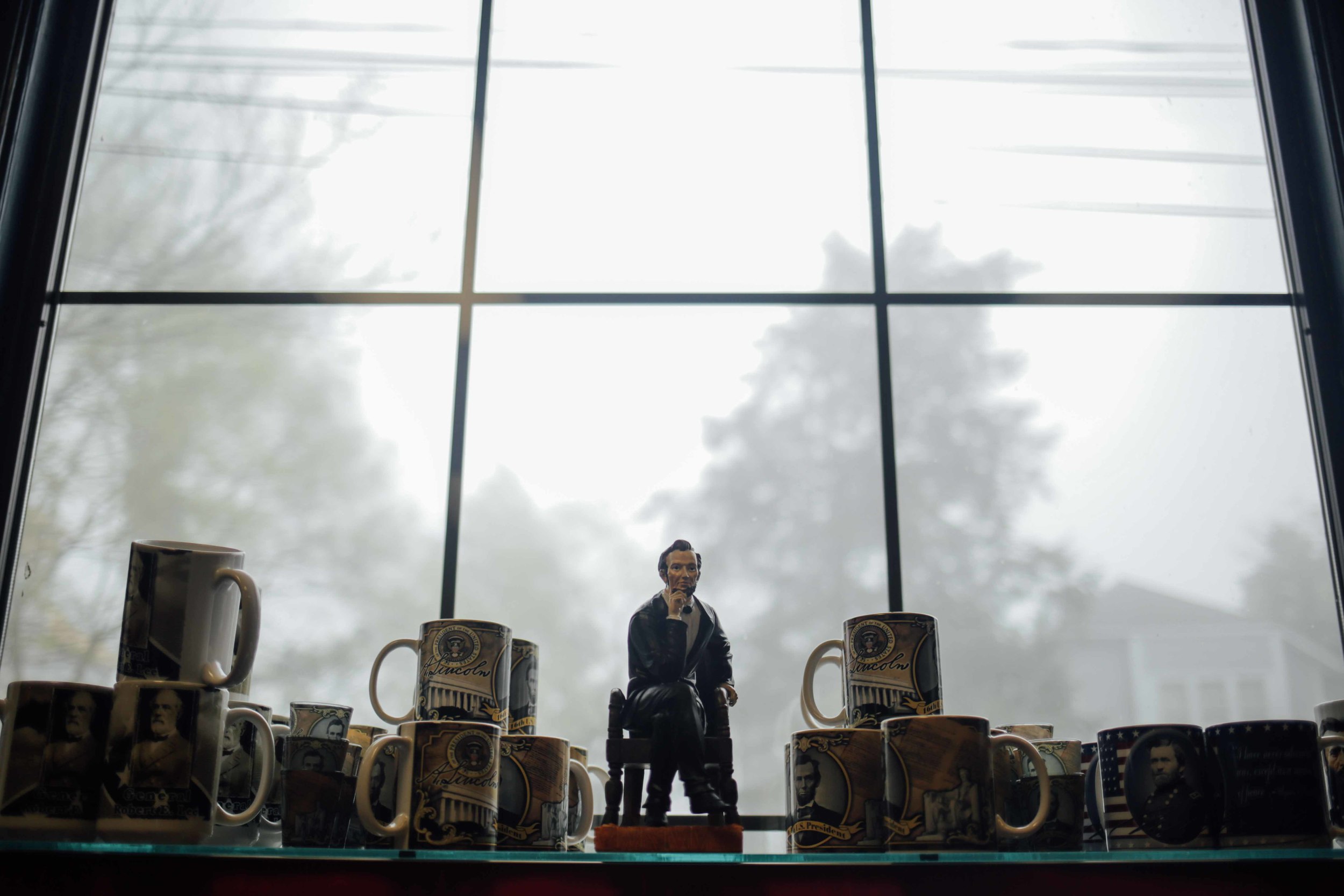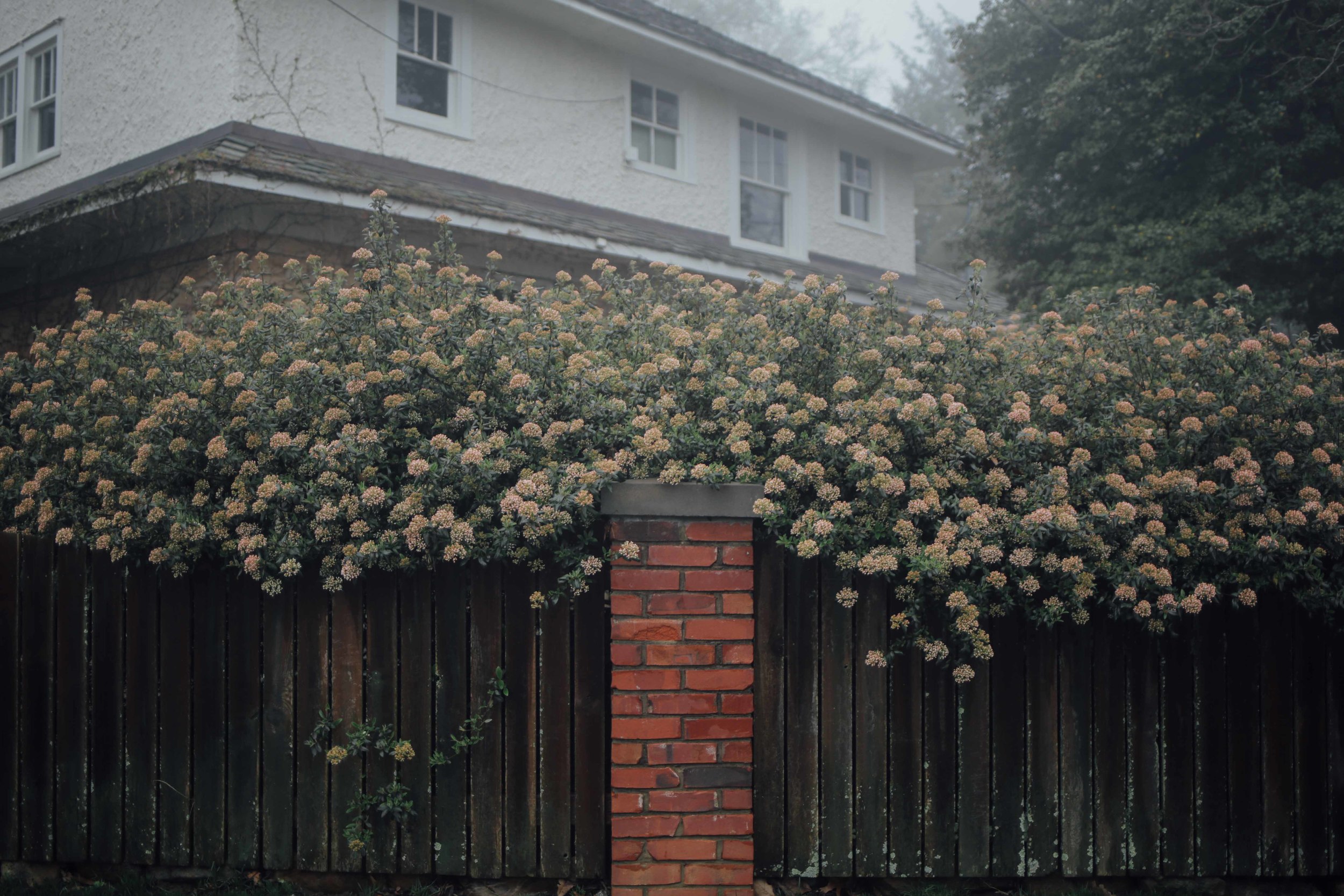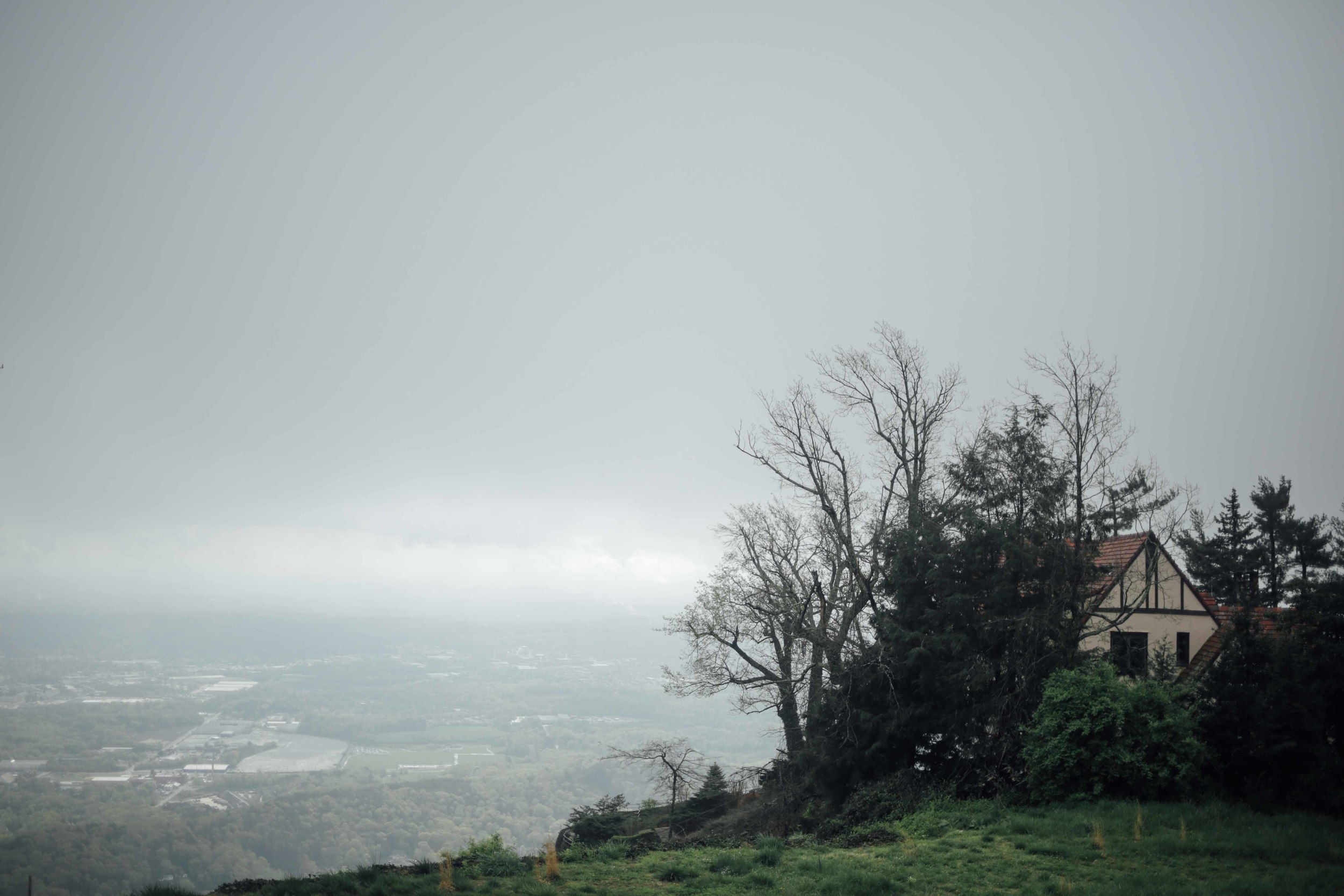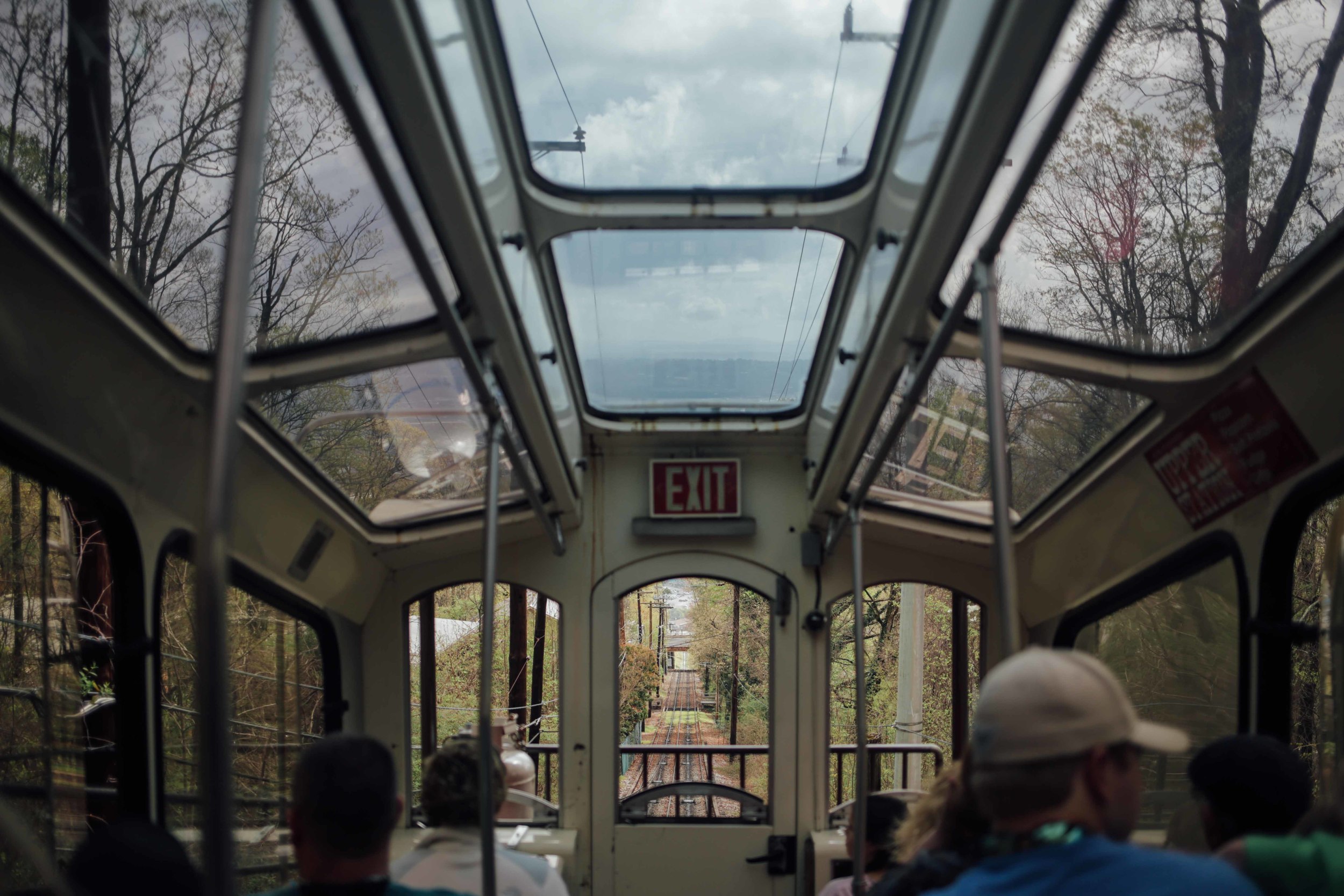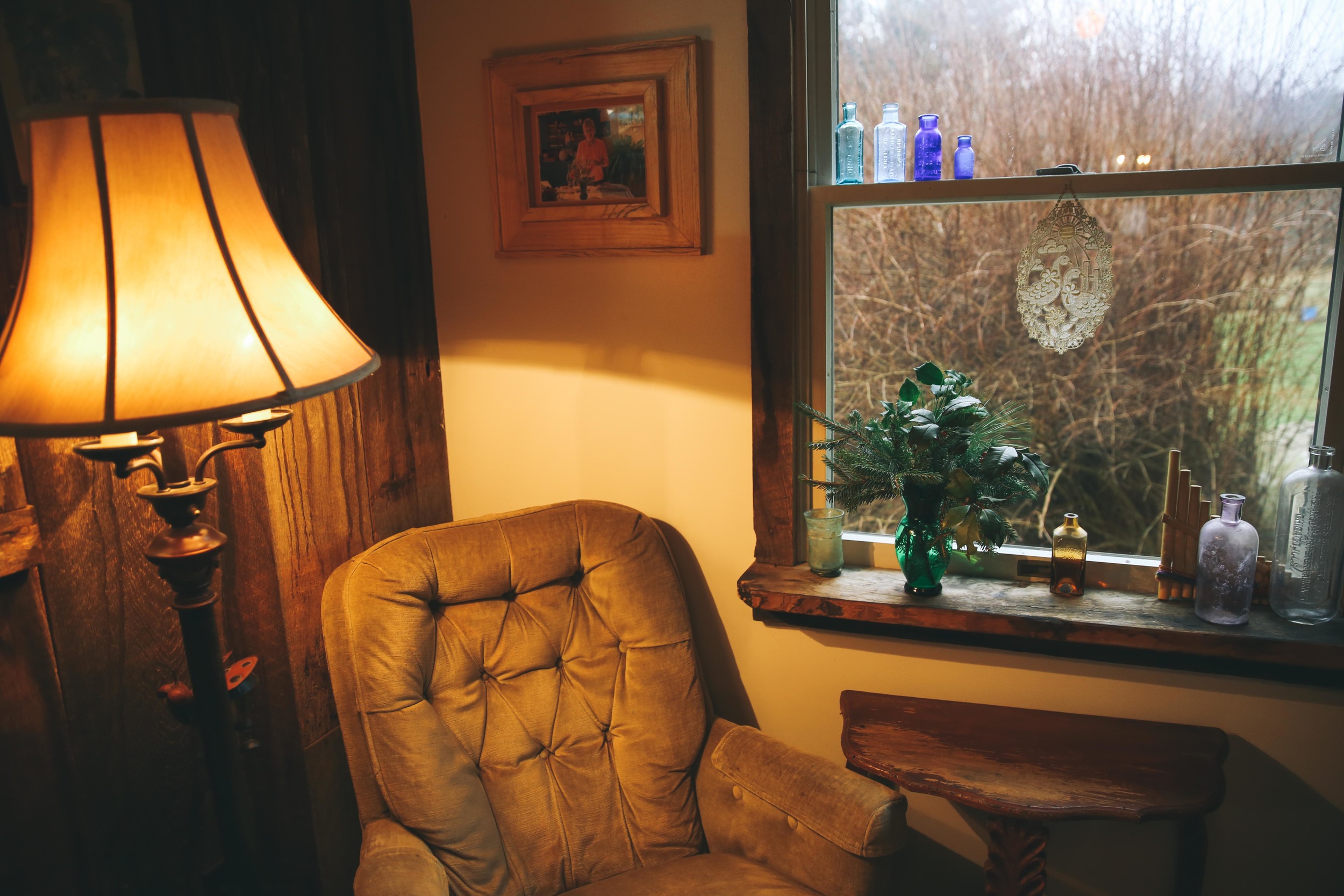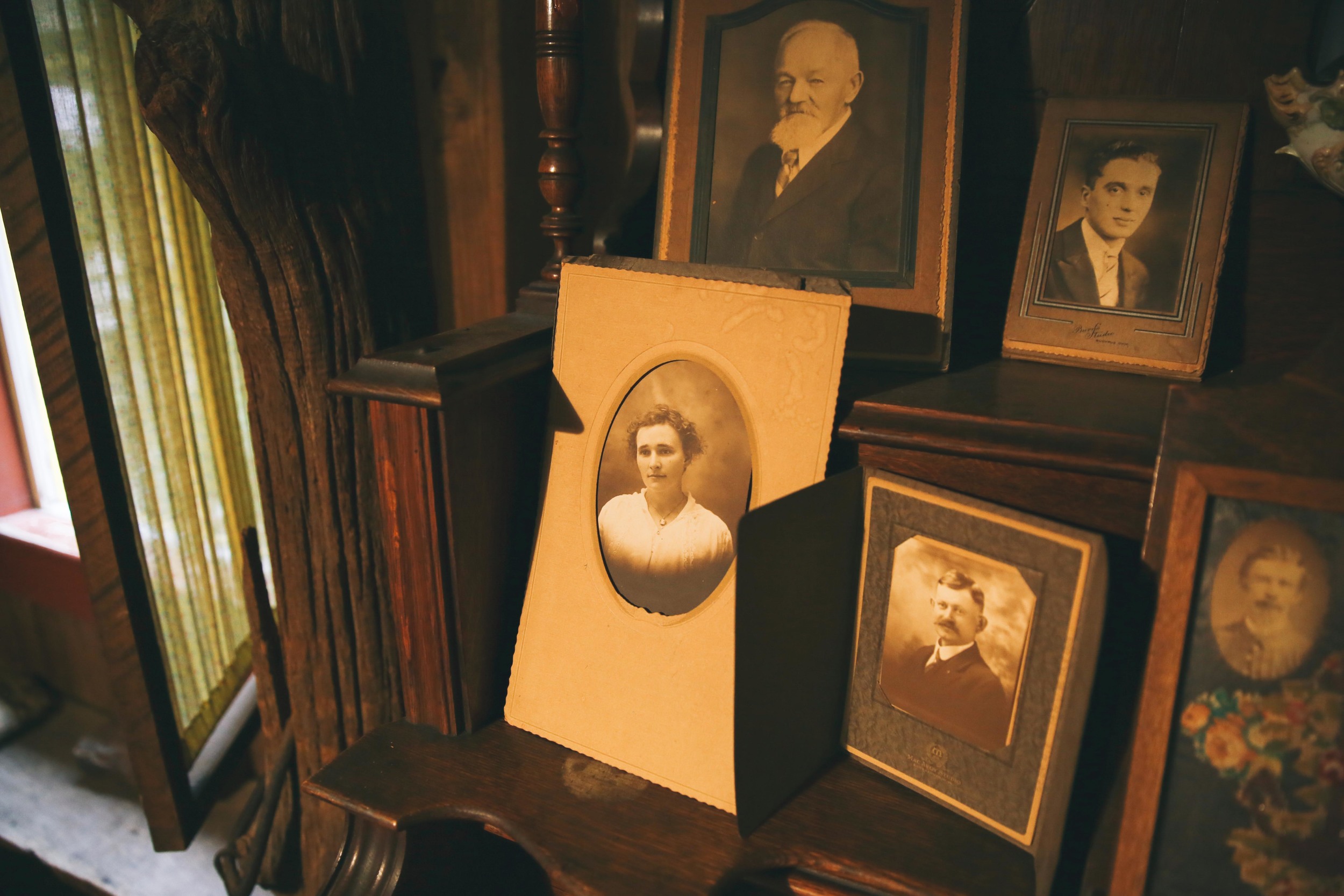Documenting coal culture wasn’t enough. It was the seed for the film, but not the flower. The idea, the seed, needed patience and time. It needed nurturing. Oftentimes our first ideas are too obvious, but this process of germinating is not a passive experience. It is one I lost sleep over. Watering it daily through sitting down and forcing myself to write. Through digging through the archives. Through conversations with producers, Shane Boris, Diane Becker, and Peggy Drexler; editor, Iva Radivojević as well as my partner and director of photography, Curren Sheldon. Through relearning my own history and seeing the blindspots. Through letting go of what was acceptable in nonfiction storytelling, and making room for anything else. I looked to other traditions — family archives, poetry, folklore, magical realism, ghost stories, fables, dance and movement, the land itself, and sound art, among other cinematic tools — to help guide the final language of the film.
My own family archives began to be a portal in which I could imagine new and old narratives colliding. My family has been in Appalachia for nine generations. My great uncle, Roy Russell, documented the mundane and surreal moments of his life in the mountains. Moments of kids at play, of my great grandmother writing letters, of the first miners in my family, of decorating graves at the family cemetery, and of ladders that led to unknown caves. In the end, I learned that I needed to break open my ways of working. Of relearning how to tell stories, how to add more play into my nonfiction, to get to a deeper, more internal truth beyond an observed truth. My community is in need of grieving as a way of processing the impact coal has had on us. But I also was in need of this. I used this film as a way to grieve with my community and family.






